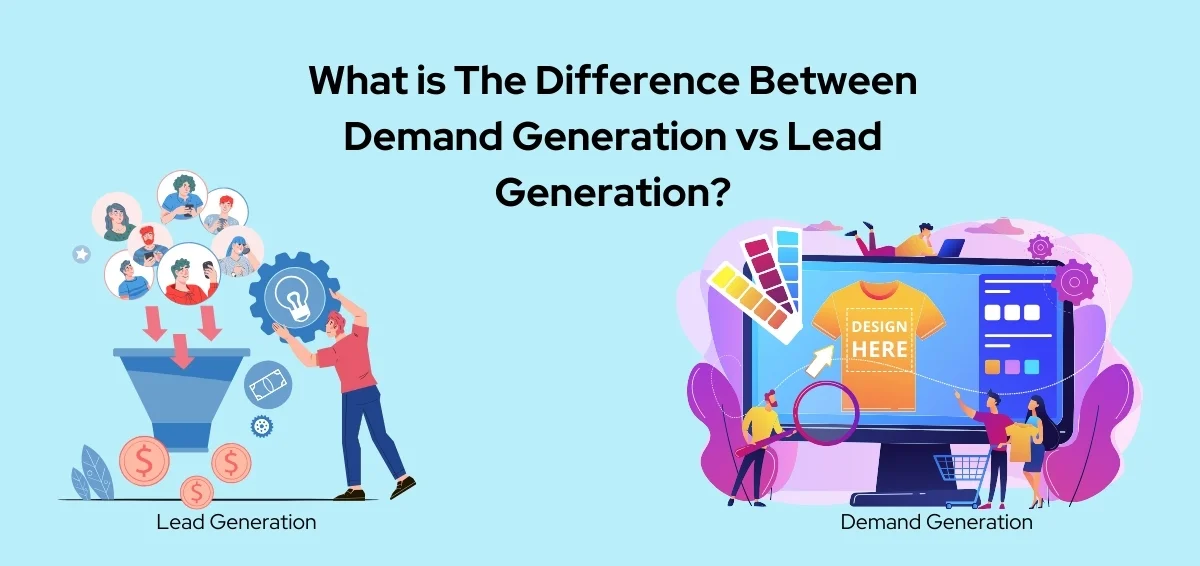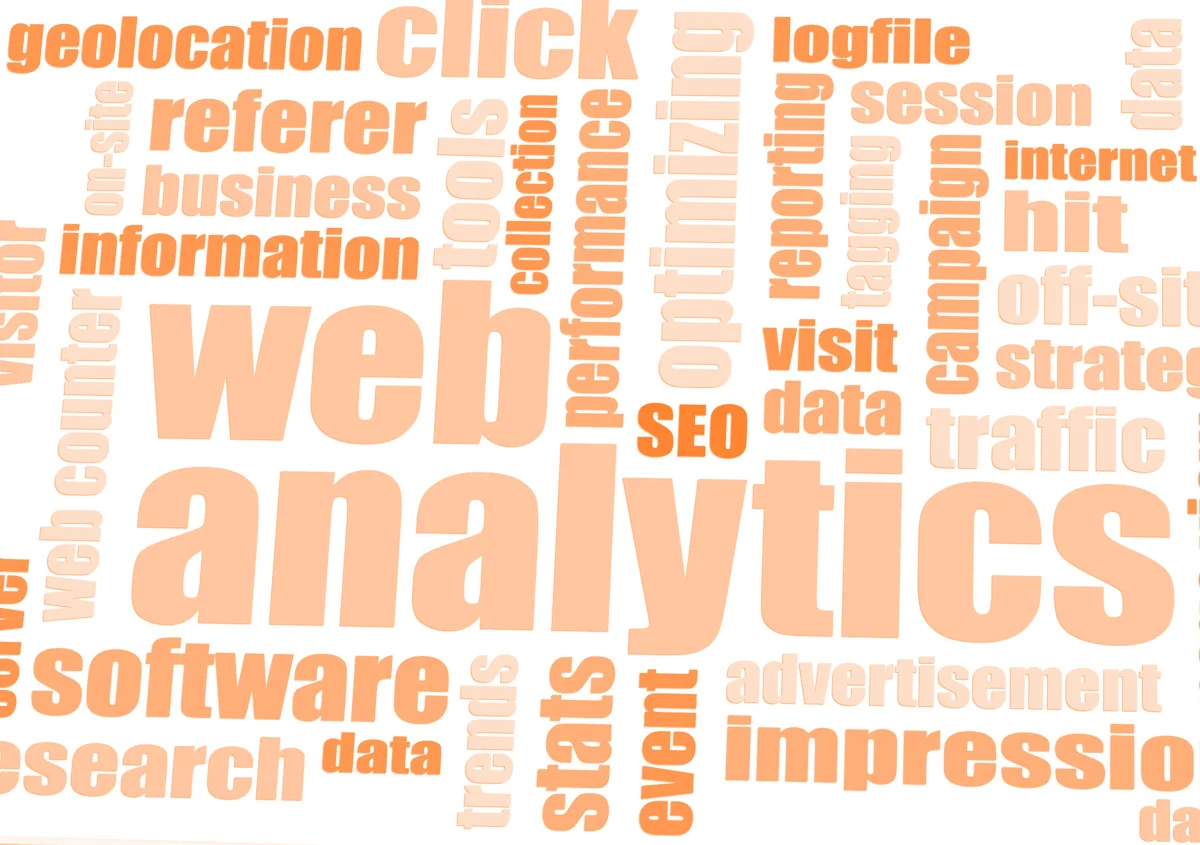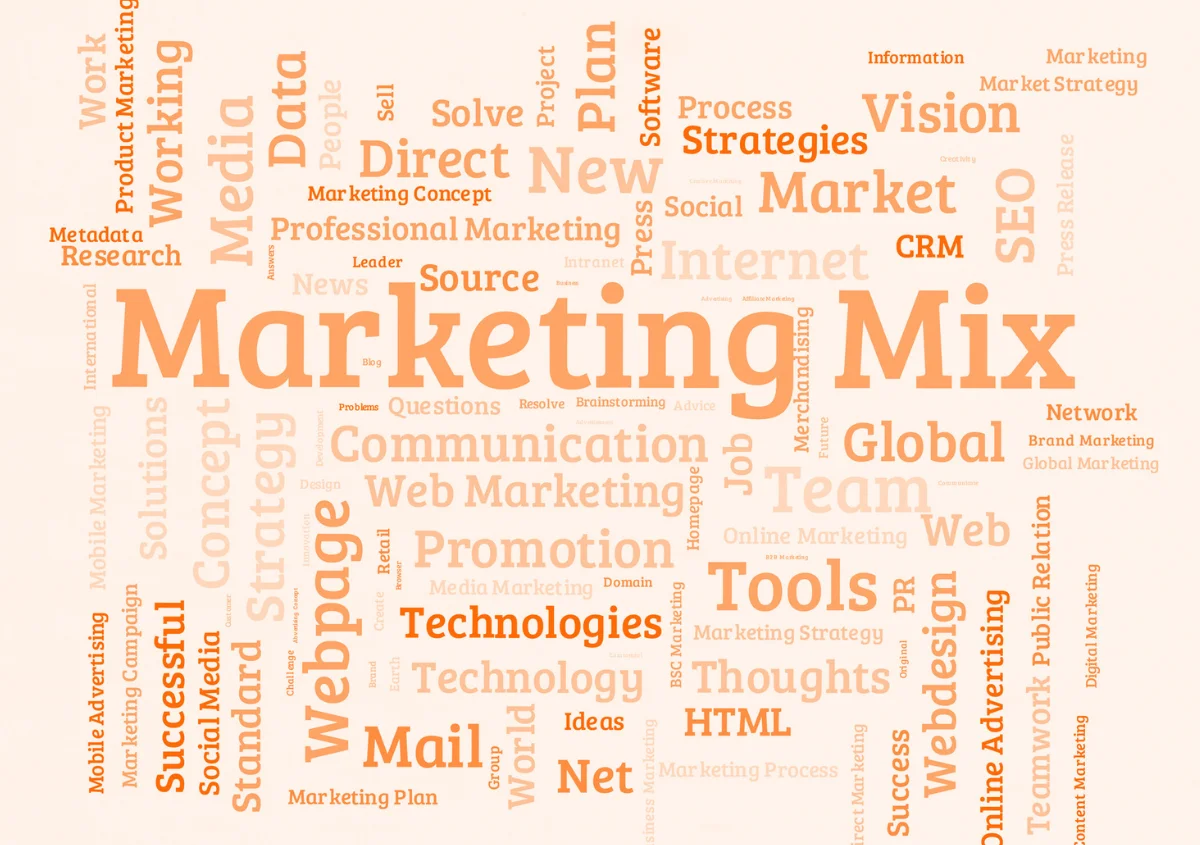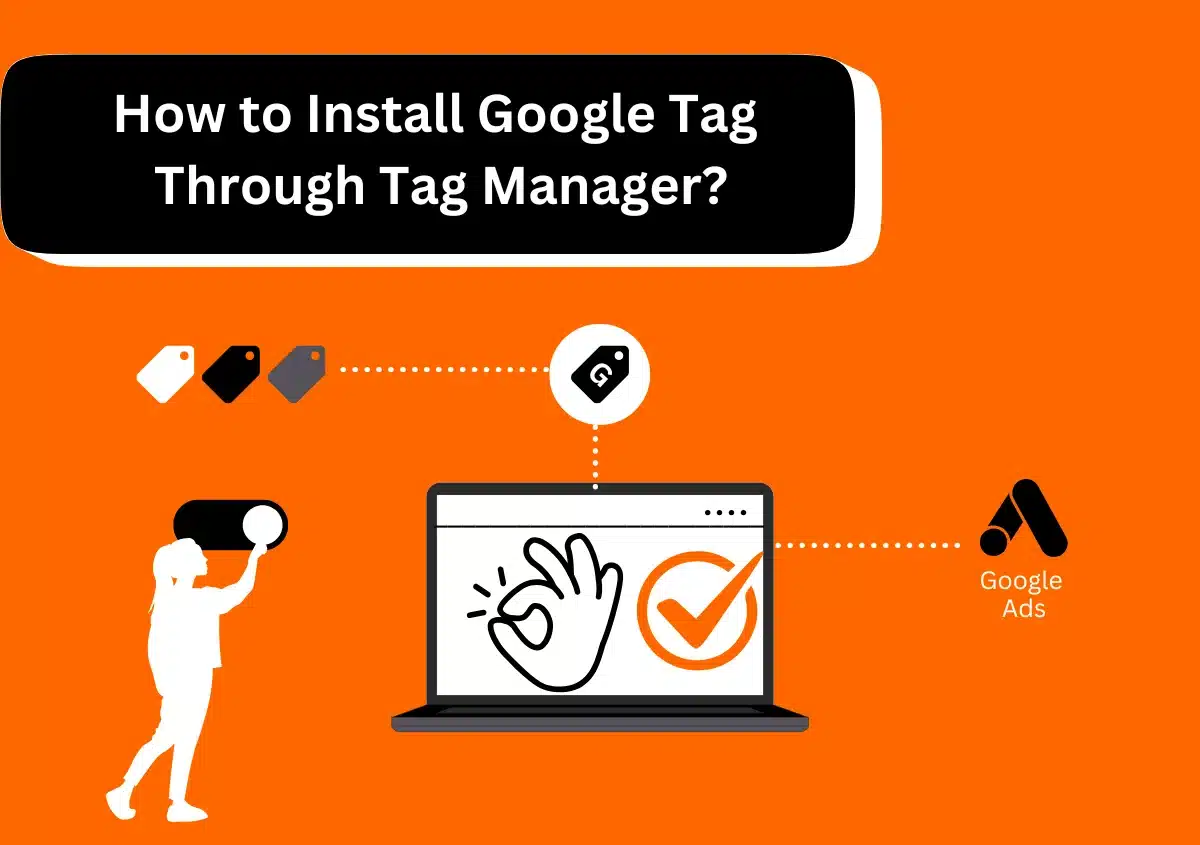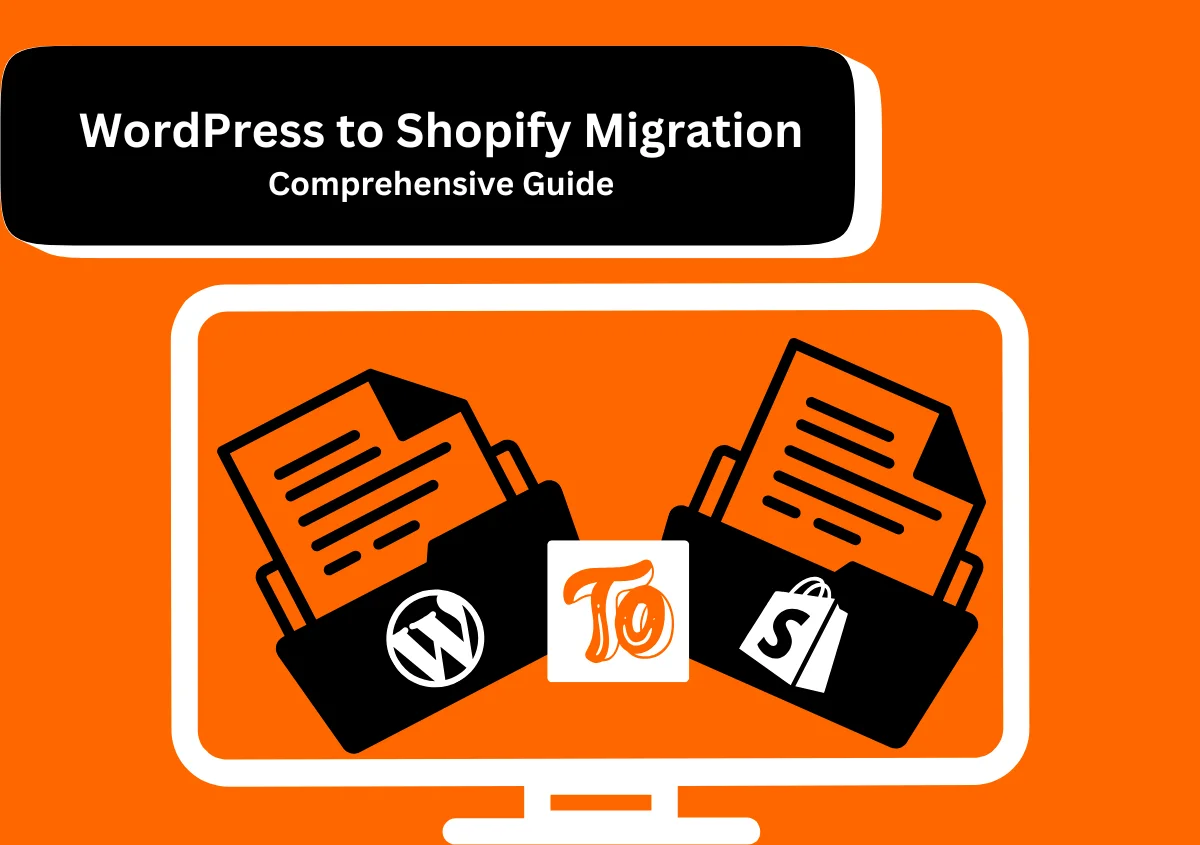Demand generation vs lead generation varies primarily because the former focuses on raising brand recognition while the latter seeks to turn brand-aware prospects into paying customers. Put an end to attempting to determine which is most beneficial for your company! For best results, combine lead and demand generation; do not pit one against the other. You may lose out on important benefits if you attempt to complete one without the other. But do not worry. We’ll assist you in solving every puzzle.
Read Also: Planning Your Google Analytics Strategy
Demand Generation: What is it?
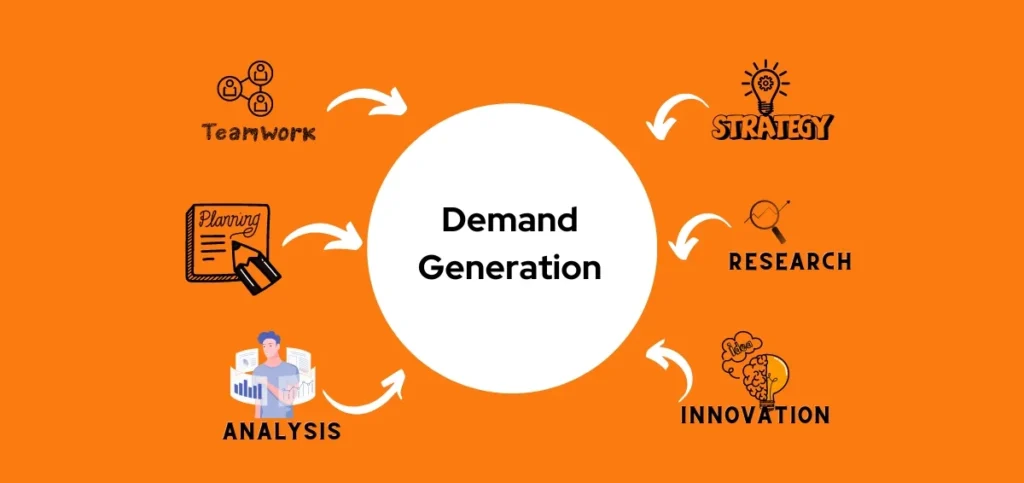
The methodical process of raising interest in a company’s line of goods and services and increasing brand awareness is known as demand generation. Demand-generation tactics typically center on raising prospects’ knowledge of a business issue or pain point, assisting them in making decisions, and positioning the company as a progressive one. By using a demand-generation strategy to position your company as a thought leader and force for problem-solving, you can provide B2B prospects with the direction they need to make more informed purchasing decisions. A smart demand-generation campaign will also strengthen your brand’s authority and address the issue of how your business can help the consumer overcome their problem.
Lead generation: What is it?
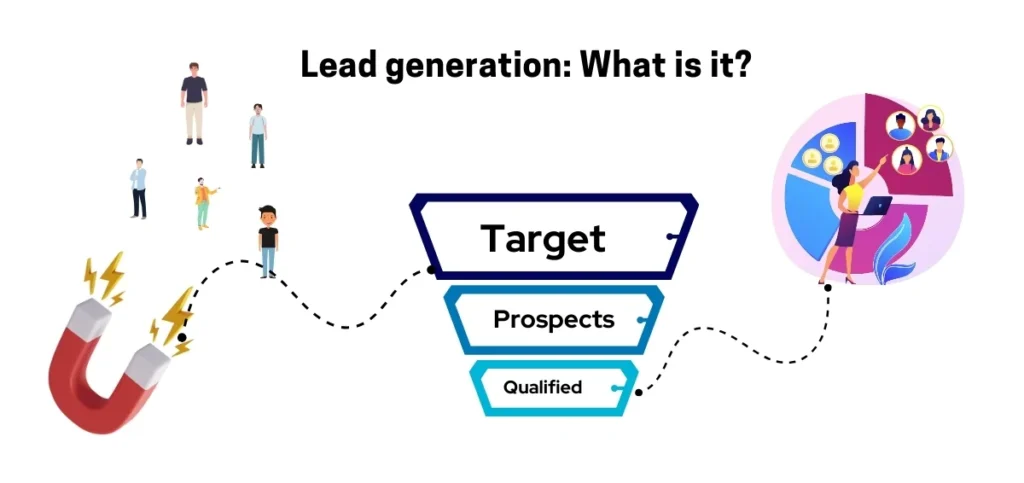
The process of finding and attracting potential customers for your business is known as lead generation. Frequently, it entails getting someone’s name and contact details when they show a passing interest in your offering. By raising interest levels as a prospect moves through the customer journey, a successful lead generation strategy gets them ready to talk with a sales representative. Developing a strong lead-generation plan can assist your company in continuously nurturing prospects and converting them into leads that are qualified for sales. A prospective customer who has demonstrated purchasing intent and a high level of interest in your goods is referred to as a sales-qualified lead. Because these qualified leads have a higher likelihood of becoming customers, your sales volume and conversion rates will increase. The distinctions between demand generation and lead generation are often unclear, so we’ll go through them below.
What Distinguishes Lead Generation From Demand Generation?
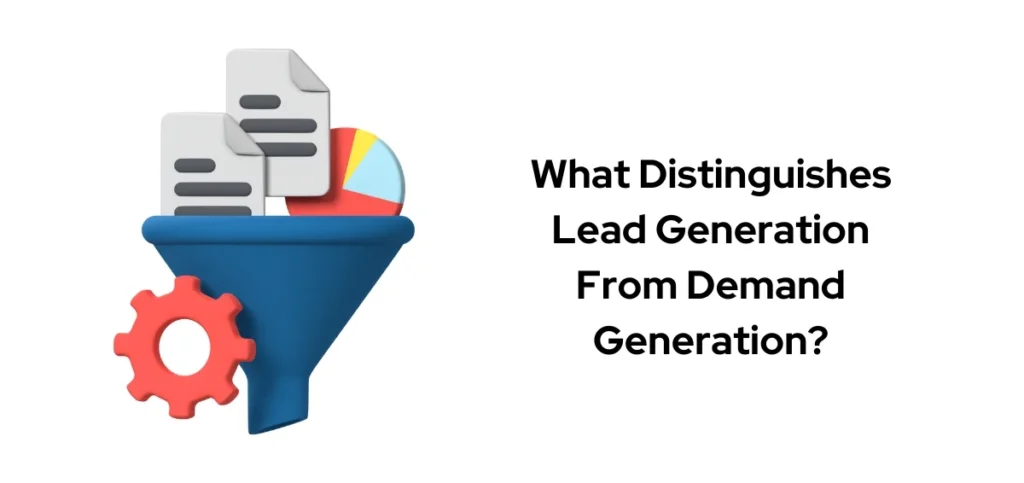
Demand generation raises interest in and awareness of a business’s goods and services. Its strategies can also be applied to reach new audiences. On the other hand, lead generation is the process of converting prospects into hot leads—people who are prepared to buy. Demand generation is less transactional than lead generation. This is the reason:
Activities related to lead generation and demand generation occur at several points in the B2B sales funnel. At the top of the funnel is the creation of demand. Involving prospects in the purchasing process is what it is, when people visit your webpage or social media pages, for instance. Following the prospects’ passage through that phase, lead generating takes place. They express enough interest in your company or merchandise to trade personal data to receive further information. For instance, when users use a landing page to sign up for a demo.
Lead generation is included in demand generation, which is located higher up the sales funnel. Therefore, it may indicate that you are having trouble creating demand if you are not producing enough SQL leads. Really, it’s that easy! It’s easier to turn a prospect into a lead if they are unaware of your brand or the issues your solution may resolve.
Let’s examine the main distinctions between demand and lead generation:
Demand Generation vs Lead Generation
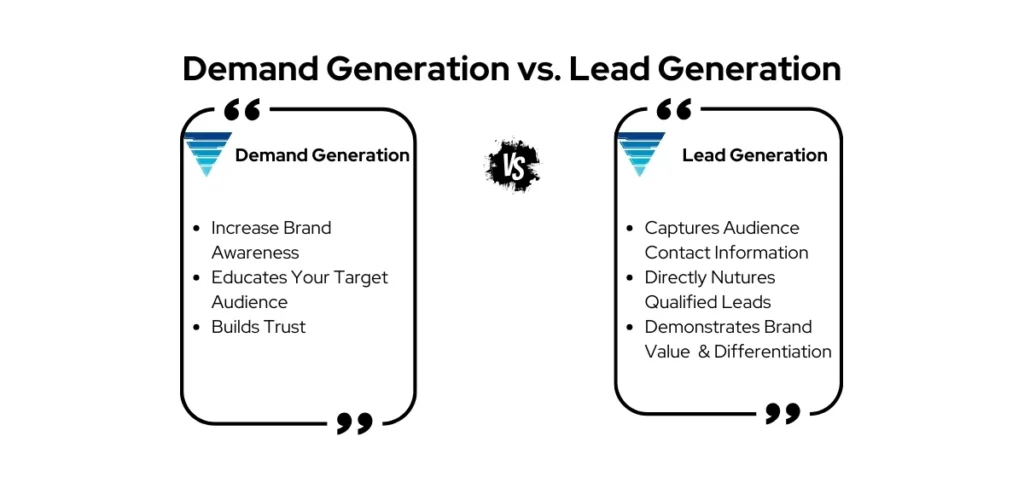
1. Objectives
The goal of demand creation is to increase public knowledge of your business and the issues it resolves. People who find out about this should know who to contact in case they ever need your solution, even if they do not need it right now. Converting this demand into leads is the aim of lead generation. It makes sense that your target audience will find out about your goods as the customer journey progresses. Subsequently, you might propose to resolve potential customers’ problems with your product.
2. Involvement
Demand generation increases brand authority and audience trust. People will be more interested in interacting with your company the more you establish yourself as a thought leader in your field. Creating leads enables you to set your brand and offerings apart from those of your rivals. It outlines every advantage of utilizing your product.
3. Effect
The goal of demand creation is to inform your intended audience. Usually, it entails developing unrestricted, free materials that address the inquiries of your prospects. With content that is more specifically focused on nurturing leads and positioning your business, lead generation takes it a step further. It takes advantage of contact information-required gated resources.
Read Also: Growth Your Business with Mobile Apps
Which Marketing Objective Should You Prioritize? Creating Leads or Creating Demand
These two marketing techniques have different goals, and using both at once is frequently more successful than using just one. Direct sales of goods or services to consumers without first creating brand recognition can breed mistrust and skepticism. Engaging in awareness campaigns gives you “compound interest” with potential customers. It readies your prospects for more involved lead generation tasks, such as completing a form, speaking with a sales representative, or scheduling a free trial or demo. Demand creation is essential for remaining at the forefront of prospects’ minds in a congested market like the software business (even for well-known brands). Consider taking an awareness-scale test before beginning any lead generation activity if you’re still unsure of your readiness.
Final Thoughts
- Lead generation gathers potential clients’ contact information for quick sales, whereas demand generation establishes a brand’s identity and reputation.
- To minimize total customer acquisition expenses, optimize the quality of leads obtained, and strike a balance between short-term benefits and long-term value creation, prioritize demand-gen initiatives before lead generation.
- Think about the following three important questions when deciding which approach to use: What are your objectives, and when do you hope to accomplish them? What would your content’s main focus be? Which measurements are you going to employ to assess your development?
- Modern marketers should concentrate on both lead creation and demand generation rather than just one or the other! Lead generation and demand generation are complementary and work best when combined.

